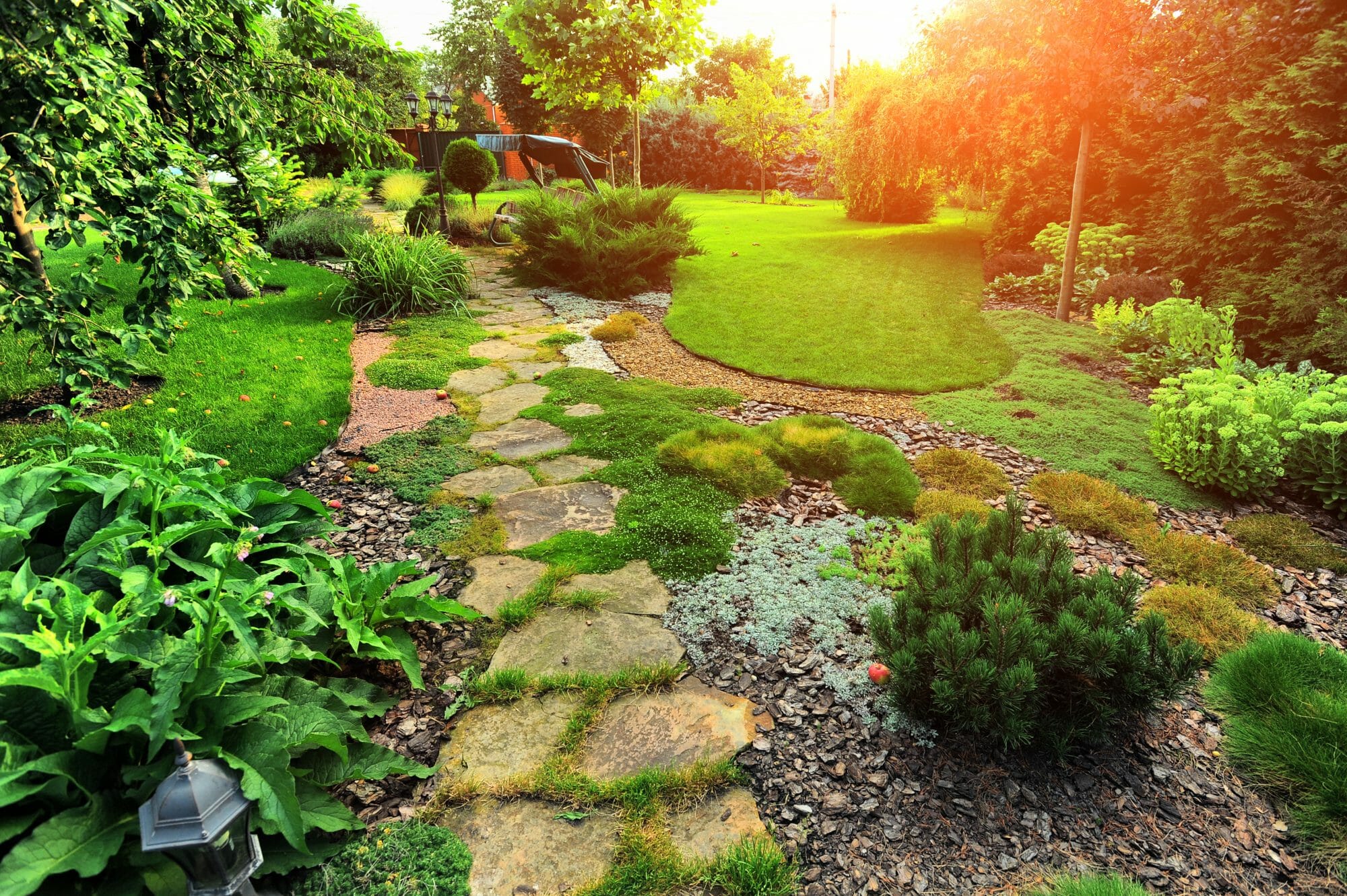Not known Factual Statements About Hilton Head Landscapes
Not known Factual Statements About Hilton Head Landscapes
Blog Article
Hilton Head Landscapes Can Be Fun For Everyone
Table of ContentsHilton Head Landscapes Can Be Fun For EveryoneThe Best Guide To Hilton Head LandscapesFascination About Hilton Head LandscapesThe Hilton Head Landscapes StatementsOur Hilton Head Landscapes PDFsThe Buzz on Hilton Head LandscapesWhat Does Hilton Head Landscapes Mean?
Line produces all forms and patterns and can be used in a range of methods in the landscape. Line in the landscape is created by the edge between 2 materials, the outline or shape of a type, or a long linear attribute. Lines are a powerful tool for the designer due to the fact that they can be made use of to create an infinite selection of shapes and forms, and they regulate activity of the eye and the body.

Lines in the landscape. The residential properties of lines determine just how people react to the landscape, both emotionally and literally.
Indicators on Hilton Head Landscapes You Need To Know
Straight lines are most often discovered in hardscape sides and material. Rounded lines produce a casual, natural, relaxed personality that is connected a lot more with nature and asymmetrical equilibrium. Curved lines move the eye at a slower pace and add enigma to the room by producing covert views. Upright lines move the eye up, making a room really feel bigger.
Vertical lines in the landscape consist of high, narrow plant material, such as trees, or high structures, such as an arbor or a bird home on a post. Straight lines relocate the eye along the ground plane and can make an area really feel larger. Reduced lines are a lot more suppressed and produce a sensation of rest or repose.
Indicators on Hilton Head Landscapes You Should Know
Low lines are created by low garden wall surfaces, sidewalks, and brief hedges. Lines are used to attract forms on a plan. In plan view, they specify plant beds and hardscape areas. Lines are additionally produced by the vertical forms of developed functions and plant material. There are 3 key line kinds that produce type in the landscape: bedlines, hardscape lines, and plant lines.
Bedlines link plant product to your house and hardscape because the eye complies with the line, moving the gaze with the landscape. Hardscape lines are produced by the edge of the hardscape, which defines the developed structure. Line can likewise be produced by lengthy and narrow materials, such as a fence or wall surface.
Facts About Hilton Head Landscapes Revealed
Type is found in both hardscape and plants, and it is usually the leading visual aspect that spatially arranges the landscape and commonly determines the style of the yard. The kind of frameworks, plant beds, and yard ornaments also identifies the overall form theme of the garden. Official, geometric types consist of circles, squares, and polygons.
Plants produce form in the garden via their outlines or try this silhouettes, but form can also be specified by a gap or unfavorable space between plants - landscapers in bluffton sc (https://www.mixcloud.com/h1tnhdlndscps/). Circles can be complete circles, or they can be split right into fifty percent circles or circle sections and incorporated with lines to develop arcs and tangents
The Ultimate Guide To Hilton Head Landscapes
Circles can likewise be stretched right into ovals and ellipses for more variety and passion. Circles are a solid style type due to the fact that the eye is always attracted to the center, which can be used to stress a prime focus or attach other kinds. Figure 2. Circular kinds in hardscape and lawn panels.
The square kind can additionally be segmented and secondhand consistently to develop a grid pattern. Unlike circles, squares are stronger on the brink, which can be aligned or overlapped to create special patterns and even more complex forms. Polygons are many-sided kinds with straight edges. Triangles, for instance, are three-sided polygons.
Twisting lines commonly mimic the all-natural training course of rivers or streams and can be called smooth lines with deeply rounded wavinesses. Twisting lines (Number 3) work well for pathways, plant bedlines, and dry stream beds. Meandering lines can include rate of interest and mystery to a yard by leading customers around corners to discover new views and areas.
A Biased View of Hilton Head Landscapes

Common plant kinds are well developed and standardized, as form is the most consistent and well-known feature of plants. Type can likewise be created via the massing of plants, where the total mass develops a different kind than a specific plant.
An extremely contrasting form needs to be used with careone or 2 work well as a focal point, yet way too many create turmoil. Natural plant kinds, as opposed to over-trimmed kinds, ought to establish the bulk of the make-up. The importance of overall type is basically reliant on the checking out perspectivethe form of a tree can show up fairly different to a person standing under the canopy versus seeing the tree from a distance in an open field.
Hilton Head Landscapes Fundamentals Explained
Plant kinds also produce and specify the void or open spaces in between the plants, developing either convex or scooped forms in the spaces. High-arching tree branches usually produce a concave open space under the branches, and a round cover with reduced branches fills the area to produce a convex kind in the open space under the tree.

Report this page